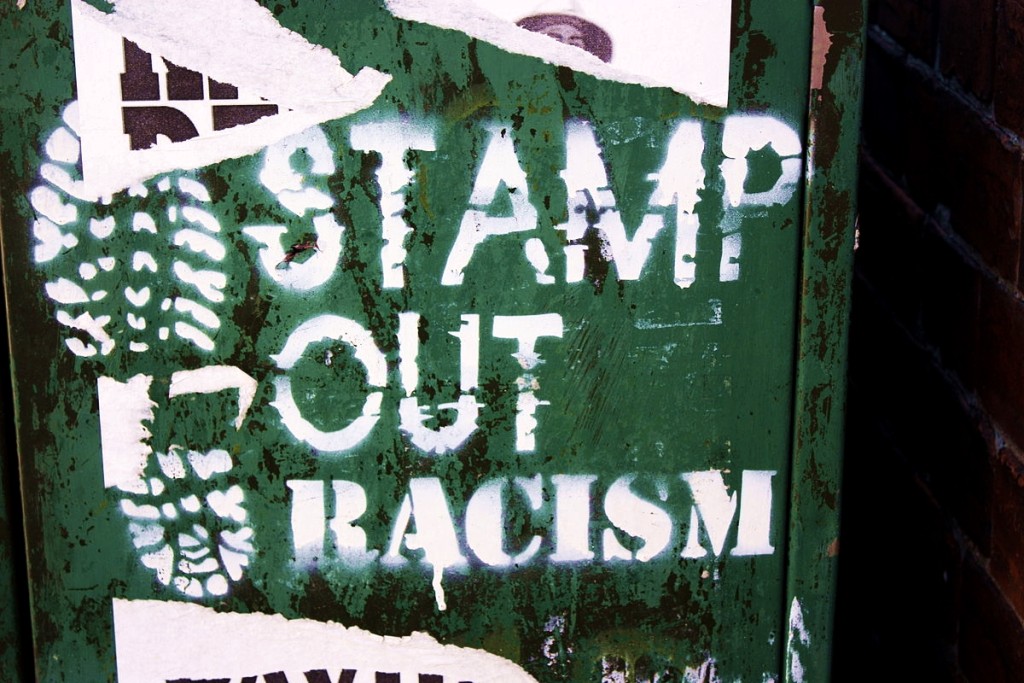There is no doubt that an economic analysis of public policy should be value-free and, in principle, shall not be guided by the hidden motives and agendas, but rather assess the suitability of means. Nevertheless, it is sometimes good to take a closer look at its objectives – especially when a fine-sounding policy, defended by its initiators, keep referring to the good intentions of its creators while it was actually the other way around. Let’s take minimum wage, for starters.
Although it may seem a paradox today, at the end of the 19th and beginning of the 20th century the progressives and leftists did not share their minorities policy of their today’s counterparts (e.g. Fabian’s socialists Sidney and Beatrice Webb and the philosopher Bertrand Russell’s skittish with eugenics). They wanted for society the same welfare and they believed in a planned and scientific approach to the management of the society, but this vision of the rational rebuilding of the society they put also in genetic engineering. The progressives, as an intellectual elite, believed that they are supposed to steer social and economic progress. It was precisely this elite who saw the problem of poor immigrants and black people as the cause – not as a result – of low wages. Subsequently, they looked for a way how to exclude them from the society (possibly even from the gene pool) and, in addition to the restrictive immigrant policy and other various regulations of labor market, they also came with the aforementioned minimum wage idea.
The very first federal minimum wage in the USA was implemented in 1931 (Davis-Bacon Act) with an explicit purpose to forbid African Americans from competing with White Americans in federal construction projects. Since White Americans were members of labor unions, they earned higher wages than were accepted for African Americans workers. The progressives were convinced that the “inferior” “race of low wages” or “parasites” pull the whole society down and therefore it is necessary to prevent them from accessing labour market. They considered a minimum wage as the right means to achieve this.
Authors studying The Progressive Era in USA (the beginning of 20th century) report many historical examples and interesting quotations from this period that testify the racist background of minimum wage. For example, a progressive economist A. B. Wolfe (the future president of the American Economic Association, AEA) considered it an advantage of the minimum wage that it removed from employment those who were “a burden on society.” According to him: “If the inefficient entrepreneurs would be eliminated [by minimum wages,] so would the ineffective workers. […] I am not disposed to waste much sympathy upon either class. The elimination of the inefficient is in line with our traditional emphasis on free competition, and also with the spirit and trend of modern social economics.” In a similar manner, H. R. Seager (another future president of the AEA) welcomed the effects of minimum wage: “If we are to maintain a race that is to be made of up of capable, efficient and independent individuals and family groups we must courageously cut off lines of heredity that have been proved to be undesirable by isolation or sterilization”.
Yet, minimum wage was not abused only in the USA. In 1925, minimum wage was enacted in British Columbia (a province located at the west coast of Canada) with the purpose to remove Japanese migrants from the labour market in the wood industry. M Minimum wage served the same purpose in Australia, where it was supposed to protect the standard of living for white workers from the labour supply of Chinese people at the beginning of 20th century – and a similar course of events is related to the minimum wage in South Africa.
However, history of the minimum wage in Europe is different. Here, the law began to expand after the World War II, when the ideas about the racism were labeled by the defeat of Nazi Germany and thus completely discredited.
The economist Thomas Sowell from Standford University remembers how lucky he was, when he entered the labor market as a 17 year old, in 1948. The inflation devalued the existing minimum wage, so he was able to find his first job. Today, it may sound incredible, but the unemloyment of black adolescents at that time was below 10% (while in the last 50 years it has not fallen below 20%). Even in 1930 (i.e. a year before the adoption of the minimum wage), the unemployment of young black people was lower that the whites for the last time. Something unimaginable today.
This is the sad history of price regulation of wages, venerated by the politicians, voters but also various organizations trying to help minorities. Although its current defenders do not have the same reasons as its supporters from the previous century, their agendas, unfortunately, still bring the same consequences. And after all, it is not about the intention, but about the result of what’s currently going on.
Translated by Natália Hlaváčová



